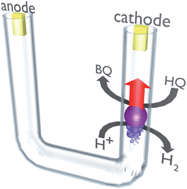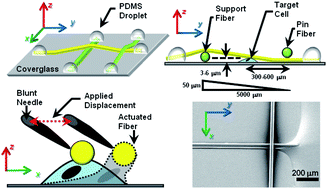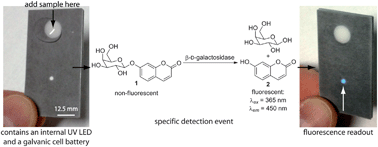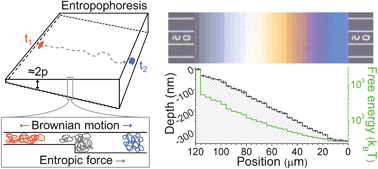
If untreated, the mortality rate of HIV‐infected infants may reach 35% by one year of age, and 53% by two years of age If untreated, the mortality rate of HIV‐infected infants may reach 35% by one year of age, and 53% by two years of age. Sourced from www.shutterstock.com
A DNA test to detect HIV in infants in resource-poor countries is a step closer, thanks to a technique to amplify DNA samples developed by US scientists.
Currently, there are no suitable methods to test for HIV in infants in resource-poor areas. The rapid anti-HIV antibody tests for adults can’t be used for early diagnosis in infants. This is because maternal anti-HIV antibodies persist in infant blood for 18 months after birth, even in HIV-negative infants, resulting in false positives.
Efforts to improve infant HIV tests include analysing DNA extracted from dried blood spot samples using the polymerase chain reaction to amplify the DNA, but this requires expensive equipment and trained technicians. It can also take four weeks to get a results, so for the many patients who aren’t able to return to the clinic, an instant result is more practical.
Now, Brittany Rohrman and Rebecca Richards-Kortum at Rice University, Houston, have made a paper and plastic-based device that can amplify 10 strands of HIV DNA to detectable levels in just 15 minutes using dried blood samples.
See the full article in Chemistry World
Or read the Lab on a Chip paper:
A paper and plastic device for performing recombinase polymerase amplification of HIV DNA
Brittany Rohrman and Rebecca Richards-Kortum
Lab Chip, 2012, DOI: 10.1039/C2LC40423K











 The deadline is fast approaching for
The deadline is fast approaching for  Gabriel Loget and Alexander Kuhn report for the first time the vertical propulsion of conducting beads in liquid filled capillaries by bipolar electrochemistry. Using a conical capillary a Yo-Yo type motion can be induced, making the concept then useful for cargo-lifting and of potential interest for microfluidic applications in lab-on-a-chip devices.
Gabriel Loget and Alexander Kuhn report for the first time the vertical propulsion of conducting beads in liquid filled capillaries by bipolar electrochemistry. Using a conical capillary a Yo-Yo type motion can be induced, making the concept then useful for cargo-lifting and of potential interest for microfluidic applications in lab-on-a-chip devices. Philip LeDuc and colleagues from Carnegie Mellon University report the development of a minimal-profile, three-dimensional (MP3D) experimental microdevice which confines cells to a single focal plane, allowing observation with conventional epifluorescent microscopy.
Philip LeDuc and colleagues from Carnegie Mellon University report the development of a minimal-profile, three-dimensional (MP3D) experimental microdevice which confines cells to a single focal plane, allowing observation with conventional epifluorescent microscopy.
 Siva Vanapalli and colleagues at Texas Tech University have developed a one-step passive strategy to create concentration gradients in static droplet arrays. Their recent Lab on a Chip article has been reported in PhysOrg.com, which discusses the implications of the technology for the future of drug testing.
Siva Vanapalli and colleagues at Texas Tech University have developed a one-step passive strategy to create concentration gradients in static droplet arrays. Their recent Lab on a Chip article has been reported in PhysOrg.com, which discusses the implications of the technology for the future of drug testing. Samuel Stavis and colleagues at the National Institute of Standards and Technology (NIST) have developed a nanoscale fluidic channel shaped like a staircase, which can be used to control the direction of drift of a DNA molecule through a fluid. An article in Nanotechnology Now discusses how this ‘nanoslinky’ presents new possibilities for manipulating and measuring DNA.
Samuel Stavis and colleagues at the National Institute of Standards and Technology (NIST) have developed a nanoscale fluidic channel shaped like a staircase, which can be used to control the direction of drift of a DNA molecule through a fluid. An article in Nanotechnology Now discusses how this ‘nanoslinky’ presents new possibilities for manipulating and measuring DNA.